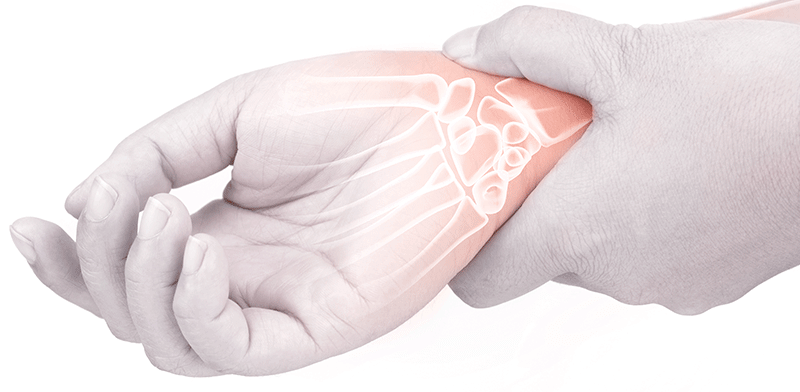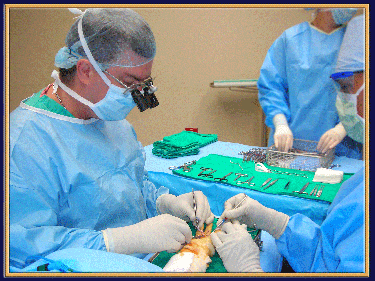
Carpal tunnel syndrome and laser therapy have become a common practice in many areas of medicine. Both laser therapy and surgical procedures for carpal tunnel can be a viable alternative to traditional treatments. These procedures focus on removing the trapped nerve roots and muscle tissue that produce constant irritation to the median nerve located at the base of the hand.
Carpal tunnel syndrome is a fairly common disorder that affects the hands and feet. This condition results from compression of the median nerve, which can cause numbness and pain. While this condition is quite painful, most sufferers are able to function normally throughout their daily lives, with only minor limitations such as difficulty using computer keyboards and performing fine motor functions such as holding a pen or writing.
Carpal tunnel treatments may involve the use of electrical devices, such as splints, gloves, or even a sleeve or splint head. It is important to remember that any type of treatment requires that you consult with your doctor before proceeding. Laser therapy typically involves surgery and is often accompanied by the addition of cortisone. This steroid injection causes increased blood flow to the affected hand and may also aid in reducing inflammation and decreasing discomfort.
In some cases, the patient may be given medications to aid in relieving the symptoms associated with the symptoms of carpal tunnel syndrome. A doctor will often prescribe pain medications such as ibuprofen or aspirin. The treatment method will ultimately be based on the severity of the symptoms that are present. A doctor may also recommend surgery if the symptoms do not improve over time.
Before undergoing any type of treatment for carpal tunnel, it is always best to visit a medical doctor. While carpal tunnel may not be life threatening, it can cause a variety of other problems, such as arthritis, which can damage surrounding structures in the arm.
Carpal tunnel treatments are often recommended for sufferers who do not respond well to conventional methods of treatment. If you are considering surgery, ask your doctor about the possible side effects and complications of anesthesia.
Also discuss the possibility of anesthetic risks and how to avoid these potential problems

When it comes to surgery, there are a number of risks, such as bleeding, infection, damage to surrounding structures, bruising, and the potential for infection, and complications such as the inability to perform certain tasks. once you are awake.
Carpal tunnel treatment can also include physical therapy in order to relieve pressure on the hands and feet. Physical therapy exercises such as massage, stretching, and deep massages will help increase range of motion and flexibility. These exercises may also relieve the symptoms of your carpal tunnel, which in turn allows you to perform more tasks and be more active.
Some doctors may recommend surgery and physical therapy at the same time. In such a case, it is important to speak with your doctor about the benefits of each form of therapy before making a final decision.
It is also important to remember that while carpal tunnel is treatable, there may be no absolute cure, and that there may be periods of weakness and limitation with this condition. Even so, the treatment methods mentioned above should allow you to live a normal life and enjoy activities that require your hand and wrist motion.
By using physical therapy and medication, you can significantly reduce or even eliminate your discomfort, reduce or remove the need for medical intervention, and reduce your recovery time. for surgery and physical therapy. In addition to physical therapy, you may find that this form of treatment can help you increase your daily activities.
Surgery, while it is most effective, is only one of several options available to you in the event that you suffer from carpal tunnel. If you have suffered from carpal tunnel, do not hesitate to seek help. It is not impossible.